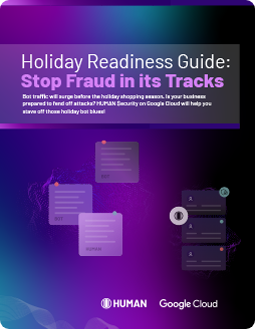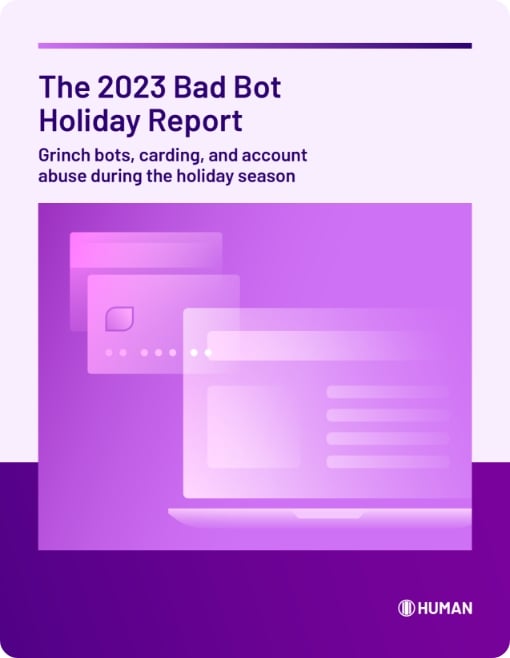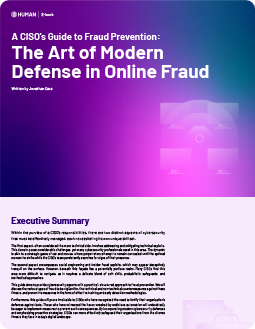What are Heavy Ads?
Heavy ads are digital advertisements that consume an inordinate amount of system resources and can significantly slow down website page load times. Heavy ads degrade performance and may eat up the resources on a user's device by using up a disproportionate amount of bandwidth or draining the device battery.
Digital media companies highly emphasize user engagement metrics, such as page views per session and total number of page views. Heavy ads influence these numbers and thus are a major concern.
Heavy ads create poor user experiences, which can lead to high bounce rates or subscriber churn. They may also be flagged by browsers such as Chrome, which has begun intervening to unload heavy ads if they meet certain criteria.
Improving page load speed is on the mind of nearly every AdOps team. Allowing heavy ads to load in your on-page ad units can be one of the biggest issues you face in the battle to reduce page load times and improve the user experience.
What Constitutes a Heavy Ad?
According to Google Developers, a heavy ad is defined as an ad that hasn’t been interacted with by the user and does one of the following:
- Uses more than 4 MB of bandwidth on a network
- Occupies a main thread for more than 15 seconds in a 30 second window
- Uses the main thread for up to a minute in total
Now, what is a "main thread?” The main thread is where browsers process the majority of page load activities and user events. Browsers usually rely on a single thread to do all of the following:
- Run all JavaScript on page
- Perform the rendering of the layout of the page
- Re-calculate the positions of elements of the page when needed
- Garbage collection
Because of the way main threads function, JavaScript in particular can block the rendering of page layout if it takes up too many of the main thread resources. Because digital ads rely on JavaScript for their execution, it's important that they be designed in a way that minimizes the load on the main thread.
The less processing time that is required of the main thread, the faster it can respond to user events and layout shift requirements.
Keeping the main thread free essentially creates faster page load times and better responsiveness.
How Do Heavy Ads Affect My Business?
Heavy ads are more than just annoying for users. Because they create a poor user experience, they also erode user engagement and publisher revenue.
Here's how it usually plays out:
- Heavy ads slow page load speeds: These behemoths can slow down your initial load times significantly.
- Users get frustrated: Nobody likes a website with slow load time. Statistics show that even a single second delay causes big frustrations.
- Engagement metrics tank: Frustrated users result in lower engagement metrics including page views per session and total page views.
- You have fewer ad impressions to sell: Fewer total page views means fewer ad impressions, which means a hit to revenue.
Heavy ads are also a drain on users' device resources, including network data and battery power.
Some heavy ads may also mine cryptocurrency or aren’t optimized for network usage. All of them downgrade user experience and make it harder to browse online.
How is Google Chrome Unloading Heavy Ads?
Because of the problems that heavy ads cause, Chrome is experimenting with setting limits on them and even unloading heavy ads if those limits are exceeded in order to protect individual device resources.
Based on the criteria Google has set for heavy ads, most anticipate that the majority of ads that are unloaded under Google's Heavy Ad Intervention will be video content.
Developers on Github have described the following situations in which ads might be unloaded by Chrome:
- Ads that are loading large video files before user action
- Ads that are performing expensive operations in javascript, such as CPU timing attacks or decoding video files
- Ads that are trying to load poorly compressed image files
- Ads that are mining cryptocurrency
Unloaded frames will be part of ongoing feedback to Chrome, which can be flagged using their AdTagging service.
The thresholds and criteria have led to the creation of a specific platform to block heavy ads on Chrome.
Chrome 85: Heavy Ad Blocker
Released in August 2020, Chrome 85 now comes with a heavy ad blocker that allows individual users to enable a Heavy Ad Intervention flag on their devices.
From a user-perspective, Chrome’s heavy ad blocker should effectively limit ad displays, including disruptive heavy ads.
Non-Chrome Browsers
If users are visiting your website through browsers other than Chrome, additional tools may be required to prevent heavy ads from causing user frustration.
How Big is the Heavy Ad Problem?
In total, Google estimates that only about 0.3% of ads meet or exceed the established criteria for heavy ads. That said, this small category of ads eats up to 27% of network data requirements and 28% of total ad CPU usage.
In short, stopping these 0.3% of ads can potentially solve up to almost 30% of your page load speed issues.
What can HUMAN do about heavy ads?
HUMAN Malvertising Defense alerts customers to which ads are slowing down your site, as well which DSP/SSP that ads are delivered from.
This automated reporting employs a robust defense mechanism that ensures a seamless and secure browsing experience by flagging resource-intensive advertisements, allowing clients to track down and remove the unwanted ad and its supply path.
HUMAN’s commitment to user privacy and satisfaction pushes us to provide continuous updates and improvements to our ad-blocking capabilities, adapting to the emerging ad formats and potential threats to provide an uninterrupted and secure online environment for all users.
Related Resources
Anti-Malvertising Solutions: Creative Wrapping vs. Page-Level Protection
Video Stuffing Ads: How They Erode Ad Revenue & Protection Against Them



